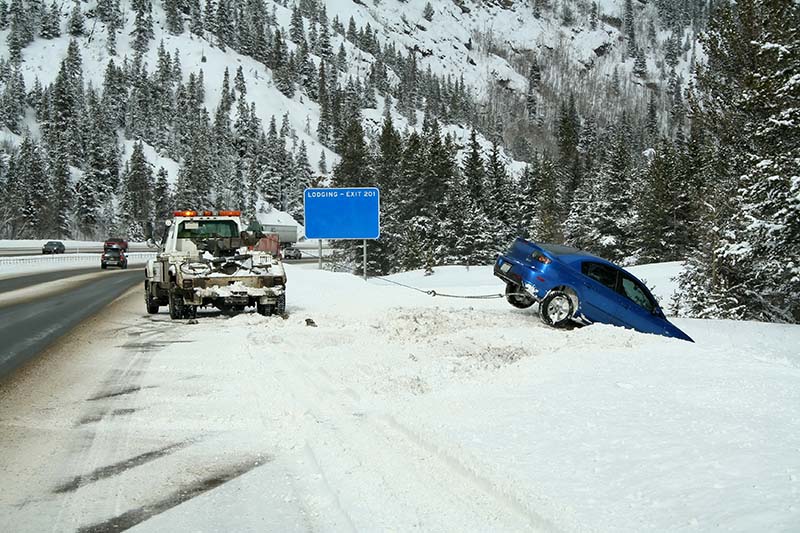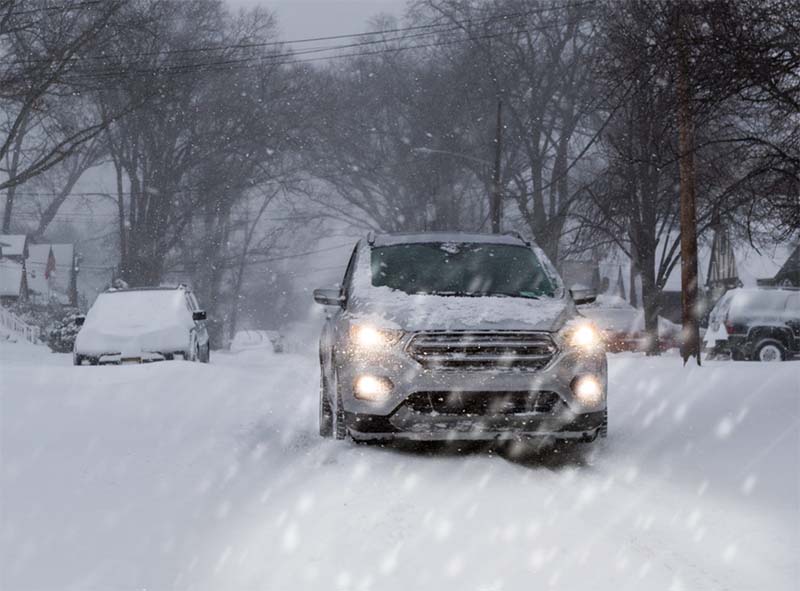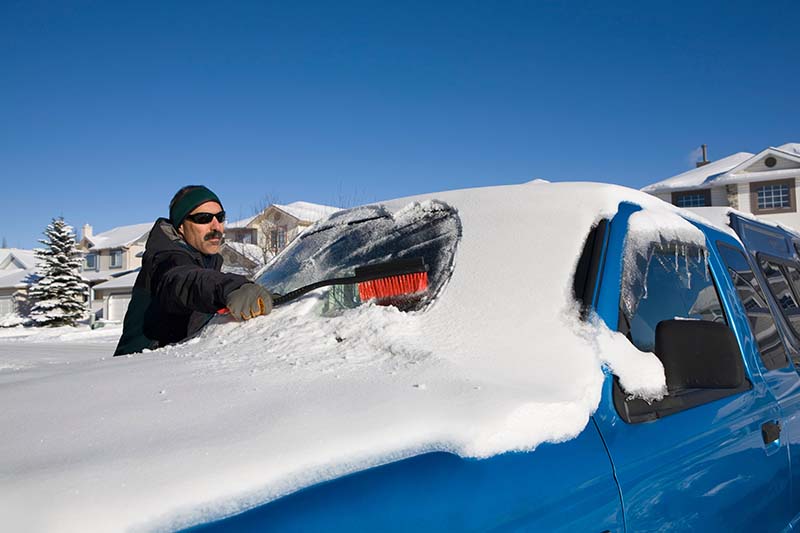Weather Related Accidents
Navigating through challenging weather conditions can significantly increase the risk of accidents on the road. From slippery roads to reduced visibility, adverse weather poses numerous hazards for drivers.
Here we will explore essential tips and strategies to help you avoid weather-related accidents and stay safe behind the wheel, no matter what Mother Nature throws your way. Look at these tips on how to be safe in such conditions.
1. Keep a considerable distance between vehicles
2. Maintain a controlled vehicle speed
3. Make sure headlights are on
4. Have no distractions while driving
5. Remove snow or debris from your vehicle

1. Keep a Safe Distance
When it comes to driving in inclement weather, one of the most important things to remember is to keep a safe distance from other vehicles on the road. Whether it’s raining, snowing, or foggy, reduced visibility and slippery roads can increase the likelihood of accidents. By maintaining a safe distance from the car in front of you, you can have more time to react if something unexpected occurs.
The general rule of thumb for safe distance between vehicles is at least three to four seconds of distance between you and the car in front of you. This gives you enough time to stop or maneuver if necessary. In poor weather conditions, it’s a good idea to increase this distance even further to account for the increased stopping distance.
2. Maintain Controlled Speed
When driving in adverse weather conditions such as rain, snow, or ice, slow down and adjust your speed to match the road conditions. Driving at a lower speed gives you more time to react to changing road conditions and reduces the risk of losing control of your vehicle. [1]
Also, leave plenty of space between your vehicle and the one in front of you. This will give you more time to stop if needed and can help prevent rear-end collisions. In slippery conditions, it’s important to reduce your speed even further to ensure you can come to a complete stop without skidding or sliding.
Avoid sudden movements such as quick acceleration, hard braking, or sharp turns. These can all increase the likelihood of losing control of your vehicle in adverse weather conditions. Instead, focus on smooth and gradual movements to maintain control of your vehicle.
Be sure to keep a close eye on the road ahead and be aware of any potential hazards such as standing water, icy patches, or debris.
3. Turn on the Headlights
One important step to avoid weather-related crashes is to ensure that your headlights are turned on at all times, especially during inclement weather. Many drivers overlook this simple but important safety measure, which can greatly improve visibility for both you and other drivers on the road.
In rainy or foggy conditions, turning on your headlights makes your vehicle more visible to other drivers, reducing the risk of a collision. Even in broad daylight, heavy rain can cause reduced visibility, making it difficult for other drivers to see your vehicle. By keeping your headlights on, you can help ensure that others can see you clearly, decreasing the likelihood of accidents.
Headlights can help to illuminate the road ahead, making it easier for you to see potential hazards and react accordingly. This is especially important in foggy conditions, where visibility can be severely compromised.
In some states and countries, it is a legal requirement to have your headlights on when driving in rainy or foggy conditions. It is always best to err on the side of caution and keep your headlights on whenever weather conditions are less than ideal.

4. Remove Distractions
Distractions can come in many forms, such as using your phone, eating, or even talking to passengers. When driving in inclement weather, be fully focused on the road and the conditions around you.
To remove distractions while driving, start by putting your phone on silent or turning it off completely. If you need to use a GPS or answer a call, pull over to a safe location before doing so. Avoid eating while driving, as this can take your attention away from the road. Try to limit conversations with passengers and keep your focus on the task at hand.
This will give you a better chance of reacting quickly and effectively to any unexpected situations that may arise.
5. Clean Up and Clear Off Your Vehicle
When your windshield, windows, and mirrors are covered in snow and ice, it can be difficult to see other vehicles, pedestrians, or obstacles in your path. This can lead to dangerous situations, especially when trying to change lanes or make a turn.
Snow and ice can also pose a hazard to other drivers on the road. If chunks of ice or snow come loose from your vehicle while driving, they can hit other cars, causing damage or even injury. This is not only a safety issue, but it can also lead to legal trouble if it’s found that you were negligent in clearing off your vehicle.
Take the time to clean up and clear off your vehicle before hitting the road. This means removing all snow and ice from your windshield, windows, and mirrors, as well as clearing off any snow that has accumulated on the roof, hood, and trunk of your car. This will ensure that your view is unobstructed and that there is no risk of ice or snow flying off your vehicle while driving.

Have you recently been involved in a weather-related accident?
Contact Goldberg & Loren now for a free consultation.
FAQs
Source:
[1] Berman, M. (2014, December 10). Know Safety, No Accidents: Tips for Driving in Bad Weather. AARP States. https://states.aarp.org/know-safety-no-accidents-tips-for-driving-in-bad-weather

